The hospitals, clinics, medical and health facilities have to deal with large footfall, overcrowded lobbies and waiting areas on regular bases. The patient often have to face long waiting time which makes them more frustrated and make it difficult for the staff to deliver a good experience. The poor queue management or queuing policy can lead to dissatisfaction and distrust which can severally harm your clinic, hospital or medical facility’s reputation. Furthermore it is important to consider that when patients are visiting any healthcare or medical facility, they are already in stressful condition, if you hospital or clinic is failed to deliver them a good experience they will get more stressed, that is why an efficient queue management system is needed. The patient experience mostly depends on how quickly they get served attended and then the next important thing is how the staff handle them. If you have crowded waiting areas and unhappy patients, the staff will have a lot more work to do, which will definitely hinder their performance. Altogether these all factors will harm the patient experience and will add to their dissatisfaction which is very bad for your reputation. In this blog we will sum up how an effective queue management system can streamline the patient flow at hospitals, clinics, laboratories, and healthcare facilities.
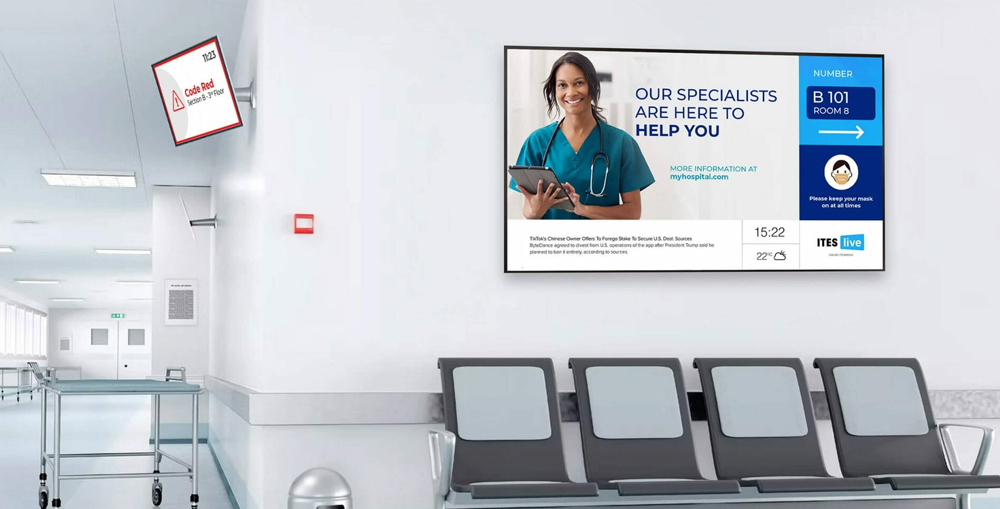
See Also: 3 dimensions of Queue Management System for Hospitals
How Patient Queue Management System is Different from other Queuing Systems?
The queue management system is a very complex tool and it is built on a highly smart AI-based algorithms, this complexity allow it to effectively implement a business or organization’s queuing policy. Now if we talk about an ordinary queue management system it is used to facilitate multiple customer routes, include a variety of different services and sets of priorities, etc. When it comes to the patient queue management system the important thing to understand is that the patient who are visiting hospitals, clinics, medical facilities or healthcare establishments are mostly anxious, stressed and in sometime could be in pain. This demands all healthcare facilities including hospitals, clinics and testing facilities to ensure all patients receive adequate service based on their condition too and also as quickly as possible. No one wants to wait in long queues at hospitals, clinics or healthcare facilities, neither patient nor their families, everyone wants to get the treatment or service as quickly as possible. Therefore the waiting time is the most crucial factor in queuing management which can only be minimized when the patient flow is streamlined and the entire system works with highest level of efficiency and efficacy. This is what makes patient queue management system slightly different from regular queue management systems.
See Also: What are the Different Types of Queue Management System?
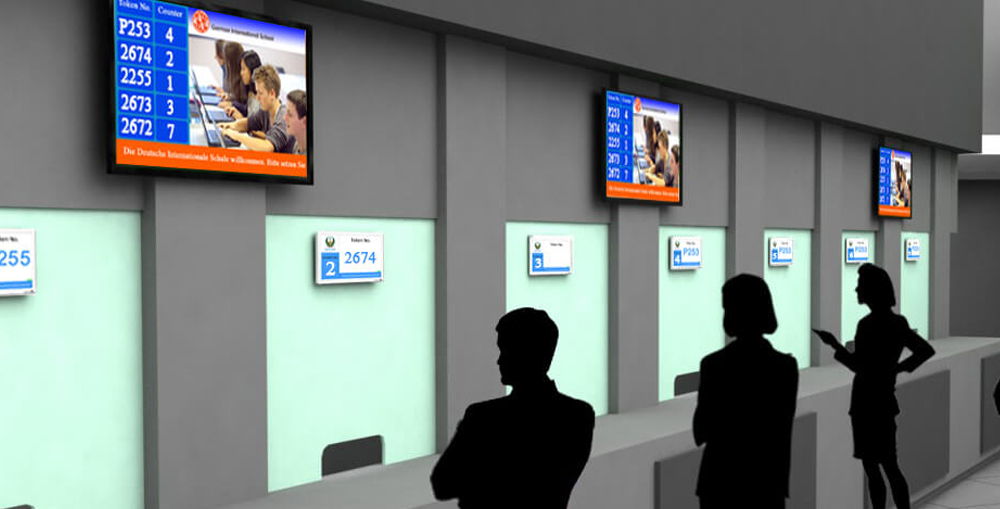
What are the Important Features of a Patient Queue Management System?
Businesses and organizations operating in Dubai, Sharjah, Abu Dhabi and other cities of UAE are using a variety of different queue management system depending on their needs and industry standards. However, for the healthcare sector the queue management system should include most modern features which can help them to improve patient flow, their journey and also the performance of the staff to ensure a better patient experience. Usually hospitals, clinics, and other medical facilities doesn’t implement a customized queue management system which is exclusively designed for the healthcare industry.
See Also: Queue Management System Features you Need for Modern Queuing
Virtual Queuing Features and Remote Channels
The inclusion of virtual queuing and remote channels is one of the most important feature for the patient queue management system. The virtual queuing is a modern form of queuing which enables the patients to remotely sign-up for the queues even if they are not at the facility. The patient queue management system integrates remote channels such as mobile apps, online web portals, SMS, WhatsApp, etc. This allow the patient to sign-up even prior to arriving to the hospital or clinic or any healthcare facility. Furthermore the queue management system can also allow the patients to view the current queuing status and the system can also share live updates with estimated queue time. All these features help patients to plan their visit and also minimize the wait time. Since the patient have full view and live coverage of the ongoing queues, they can easily plan their visit and arrive only when their turn comes. This feature can literally minimize the waiting time to none and help improving the patient experience. The queue management system mobile apps and online portals can greatly enhance patient experience and help reducing the workload of the staff by preventing crowd formation and empowering them with additional administrative control.
See Also: What Is Virtual Queuing? A Guide to Virtual Queues
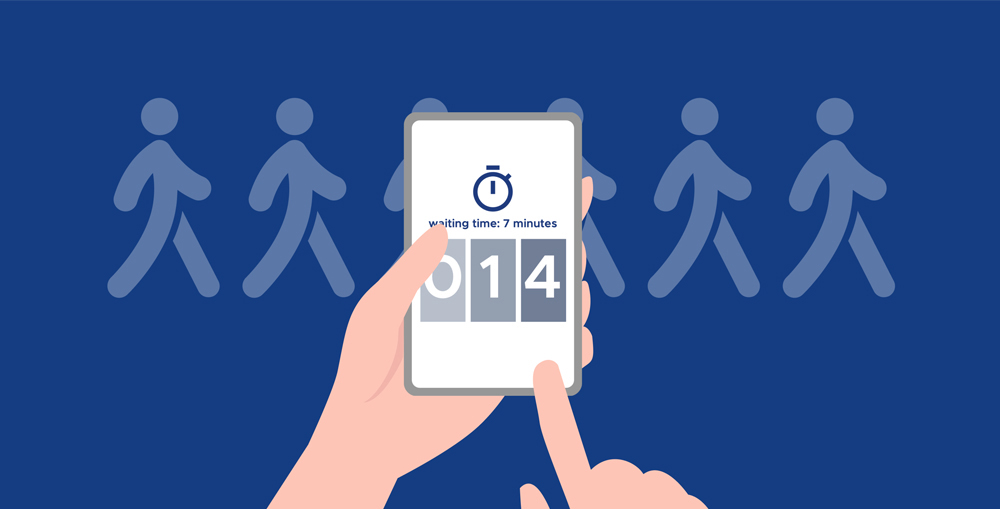
Third-party System Integration
The patient queue management system is not limited to virtual queuing and appointment booking tools, but it can also be integrated with patient data and other third-party systems using secure web services or APIs. The integration help offering a personalized patient experience. The patient queue management system can analyze the patient history and provide them most suitable time for their appointment, it can also give suggestions to patients about available or alternate doctors or even the schedule as per their needs which makes it easier for patient to choose the most convenient time for their visit. If the patient are at the hospital, clinic or testing facility, the patient queue management system can provide them the accurate wait time for their particular service based on the previous data and current queuing stats. The patient queue management system can be integrated with mobile apps, appointment booking portals, and internal management system which allows it to provide the real-time updates about any change in schedule and help patient book the right time for their visit. Based on patient’s history and current service request the patient queue management system can automatically set the priority level for the patient and put them on the right queue. All these features not only enhance patient experience, but also help reducing wait time and improve overall patient flow.
See Also: Must have features of Queue Management System
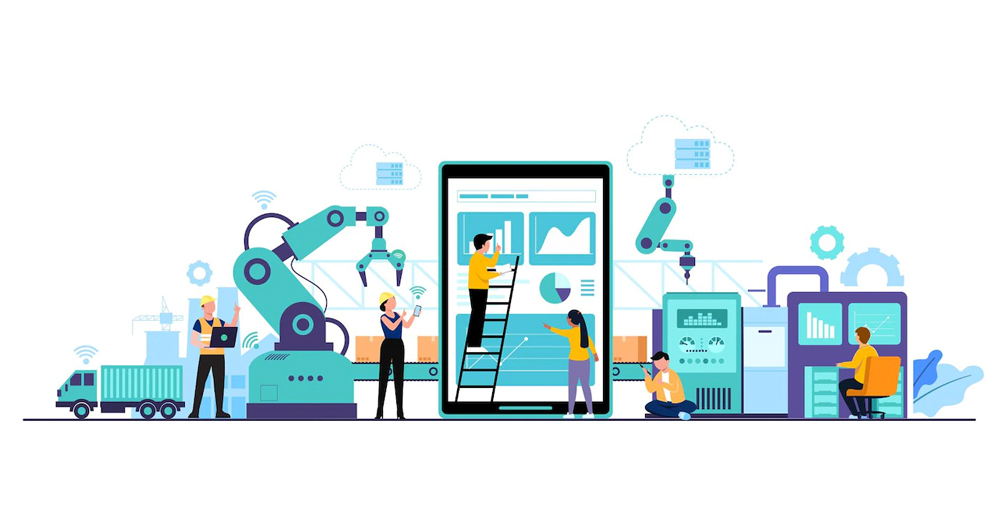
Announcements and Notification Center
When a patient sign-up for the queue either using virtual queuing or on-premises ticket dispensing interactive kiosks, they patient queue management system should be able to send them alerts and important queuing information. If the patient are signing up remotely or booking an appointment, the patient queue management system should provide continuous alerts and notifications. These alerts and notifications can be sent across multiple channels, for example, the queue management system mobile app can have push-notifications and in-app alerts along with live queuing information and update to keep patient informed. There should be alerts after short intervals to ensure the patient didn’t get late or miss out their turn. When the patient are at the hospital, clinic, or medical facility there should be large digital signage displays with live queuing information displayed on them. Furthermore the audio announcement system and patient calling should be provided. Along with that the SMS alerts can be very helpful, because in such situations people tend to spend time on their mobile phones, so the SMS can quickly alert them. Furthermore since the patient queue management system is integrated with central information center and any other relevant third-party system, it can identify if any change is made in schedule or any delay is expected, and automatic alerts can be configured to update the patients about these changes.
See Also: Manage Patient Appointment and Journey with Queue Management System
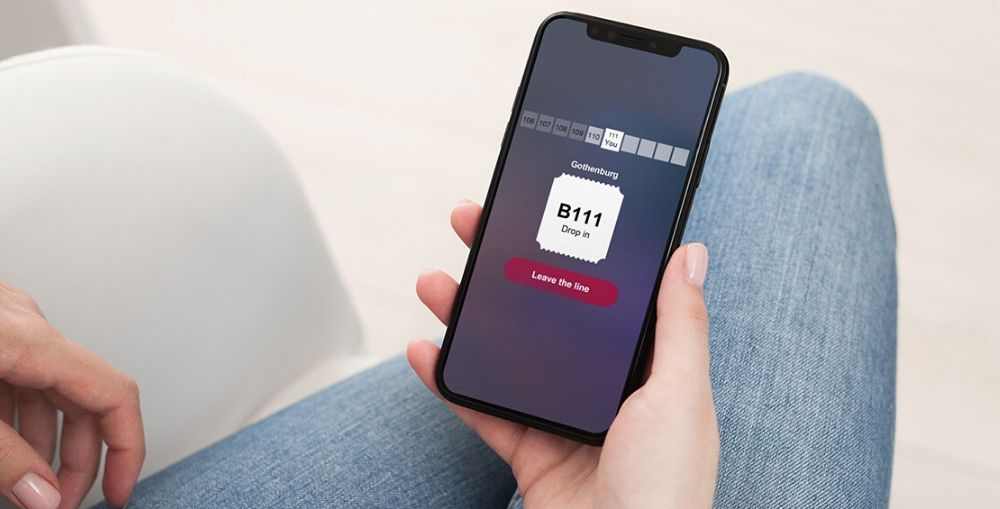
Data Collection and Reporting
The patient queue management system software can collect a wide range of business intelligence data from as simple as number of patient to AI driven deep insights, based on your requirements. As a patient queue management system is also a digital system so it can collect data from each and every touch point of the customer journey. This data can help hospitals, clinics, and medical facilities to improve their patient journey, highlight the areas of improvements and monitor performance. Since the patient queue management system offers multiple channels hence the data can also be collected from and integrated channels. However, the important thing is that the system should be able to collect valuable and accurate data which can be later analyzed and converted into actionable reports which can guide management in making informed decisions. The patient queue management system also offers in-built analytical tools which can further enhance the reporting and help management produce customized reports as per their needs and share different data types with different decision makers and stakeholders. The patient queue management system can also collect patient feedback. Multiple channels can be utilized to collect patient feedback such as on-premises tablets/kiosks, mobile apps, online portals, etc. The patient feedback is very important and can help management further improve their services and processes to align them with the patient needs.
See Also: 6 Benefits of using Queuing System in Hospitals
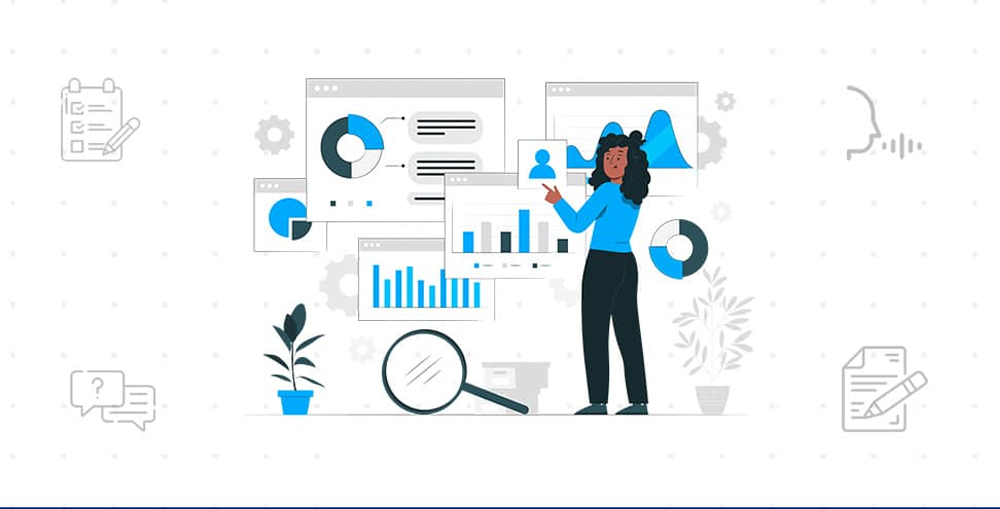
Conclusion
Patient and their families coming to hospitals, clinics, laboratories and other medical facilities are already anxious and at an un-easy position, which means they want to get the treatment or service a quickly as possible. In such situation waiting in long queues or in crowded waiting areas can further deteriorate their experience. That is why healthcare sector is rapidly adopting and implementing modern queue management systems to enhance patient experience and to drive performance. When it comes to a patient queue management system there are tons of different queue management systems available in Dubai, Sharjah, Abu Dhabi and other parts of UAE. This can be very frustrated for the management or decision maker, therefore we have enlisted the important features and aspects of an effective patient queue management system in this blog. A good patient queue management system is exclusively designed for the healthcare sector to cater to their unique business needs. A patient queue management system can greatly minimize average patient wait time by improving patient flow and automating several processes. If you want to learn more about the subject or if you want our help to design and implement a customized queue management system for your healthcare facility, please feel free to contact us through our Contact Us page or leave a comment in the comment box below and we will get in touch with you soon.
See Also: What is Queue Management? Beginner’s Guide to Queuing Systems